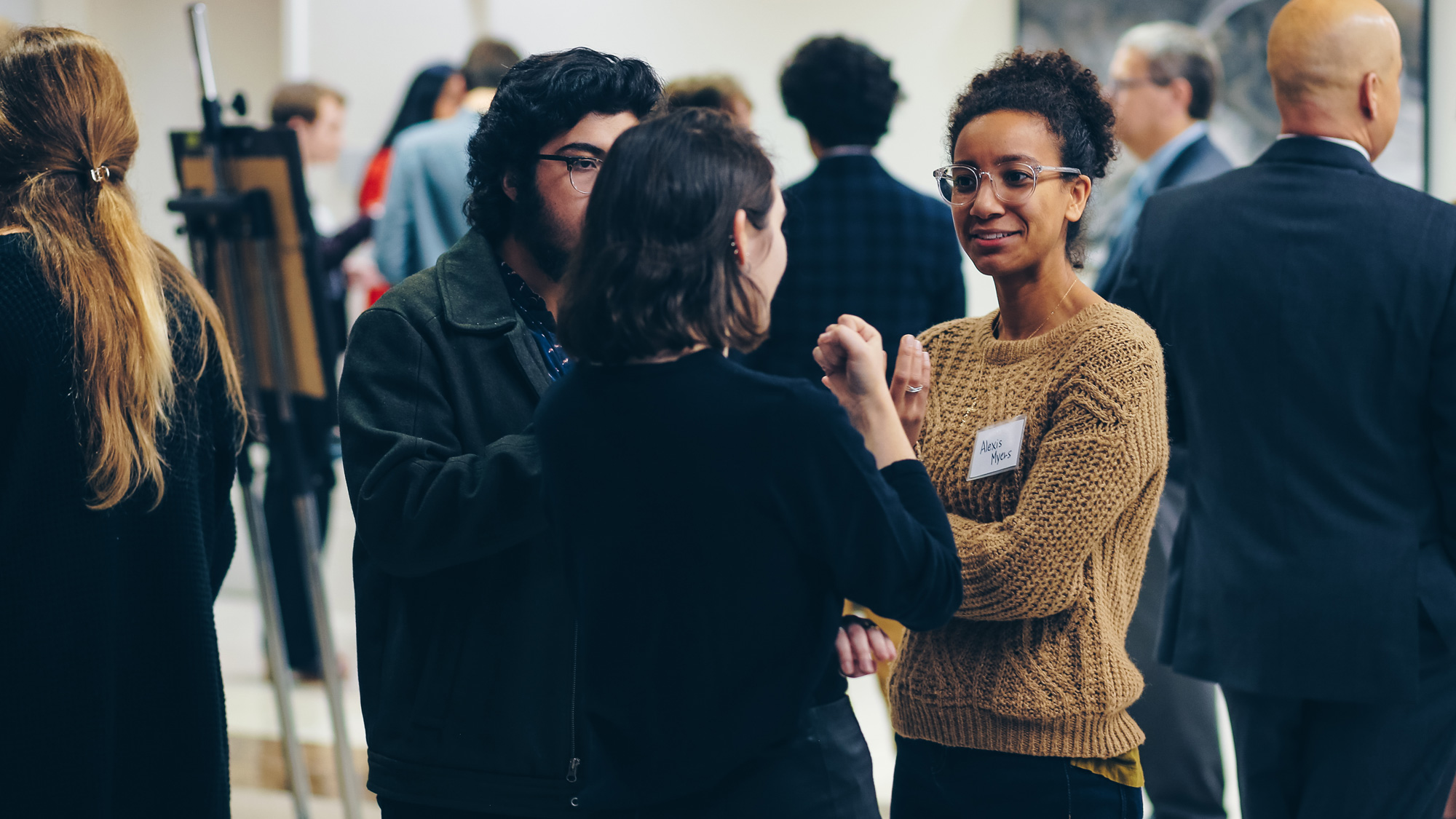Degree Overview
The Art History curriculum is designed to provide students with a broad overview of art history and with a deeper understanding of particular areas and periods within it. Students learn how to read images, place them in their historical context, and analyze how meaning is made through visual texts. We foster the study of art chronologically, globally, and thematically—promoting flexibility in approach and method.
We emphasize experiential opportunities for Art History students, facilitating independent learning and internships with regional and national collections. With local partners, many courses include curatorial and museum-studies components, offering an insight into potential career trajectories. Many courses are open to students with few pre-requisites, allowing students to complement their major coursework with training in the interpretation of art, architecture, and visual culture. Indeed, the skills of observation, analysis, and communication that form the basis of every Art History class are relevant well beyond the study of art.
What do we do in Art History?
What kinds of opportunities are available for Art History majors? How do you move from your introductory courses to being ready for post-graduate careers? Click on the major map below to better understand the pathways and opportunities available in the Art department.
How do I complete a degree in Art History?
Click here for a list of the major requirement to receive a BA in Art History.
What if I want to substitute a related course for one of my Art History major requirements?
You should consult with your advisor to see if the course would be appropriate as a substitute for one of your Art History major requirements. Your next step is to complete this form and submit it to the department chair, Dr. Sarah Archino (sarah.archino@furman.edu).
